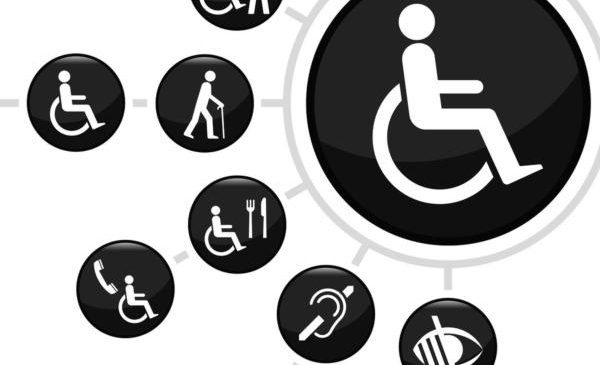These aren’t pipe dreams. They are smart city products and services in action — aspiring to use technology to put people first. And the sooner we can realize these aspirations, the better. In the top 100 metropolitan areas of the United States, nearly 25% of citizens are over the age of 65 or living with disabilities. The internet of…
Read MoreCategory: Accessibility
Smart City: Accessibility
Concept
Accessibility can be viewed as the “ability to access” and benefit from some system or entity. Accessibility involves removing the barriers faced by individuals with a variety of disabilities (which can include, but is not limited to: physical, sensory, cognitive, learning, mental health) and the various barriers (including attitudinal and systemic) that impede an individual’s ability to participate in social, cultural, political, and economic life. Disabilities can be temporary or permanent.
The concept of accessible design and practice of accessible development ensures both “direct access” (i.e. unassisted) and “indirect access” meaning compatibility with a person’s assistive technology (for example, computer screen readers).
Accessibility is not to be confused with usability, which is the extent to which a product (such as a device, service, or environment) can be used by specified users to achieve specified goals with effectiveness, efficiency and satisfaction in a specified context of use.
Accessibility is strongly related to universal design which is the process of creating products that are usable by people with the widest possible range of abilities, operating within the widest possible range of situations.
Smart City Practice
A key challenge faced by Smart Cities is to ensure the engagement and inclusion of all people including citizens with disabilities and those that are aging. An accessible Smart City is purposefully designed to include all people and equitably meets the needs of both people with disabilities and people who self-identify as non-disabled.
A Smart City isn’t smart if it doesn’t support the needs of all citizens.
__________________________________________________
Bendigo looks to make city more accessible for people with disabilities
Bendigo businesses were slowly becoming more accessible for people with disabilities, but the lack of incentive and the sheer cost of the necessary changes was problematic, a local advocate says. Chairperson of the City of Greater Bendigo Disability Inclusion Reference Committee, Sara McQueenie, said local infrastructure was changing for the better, however changing perceptions was of equal importance.“Business don’t see us as part…
Read MoreDesign for people, not cars | URBAN HUB
Is modern urban life possible without the car? Many cities are experimenting with ways to do just that. Their goal is to improve air quality and mobility, reduce noise, and reclaim the streets for pedestrians. URBAN HUB takes a stroll through some of the new urban landscapes under construction. Source: Design for people, not cars | URBAN HUB
Read More




